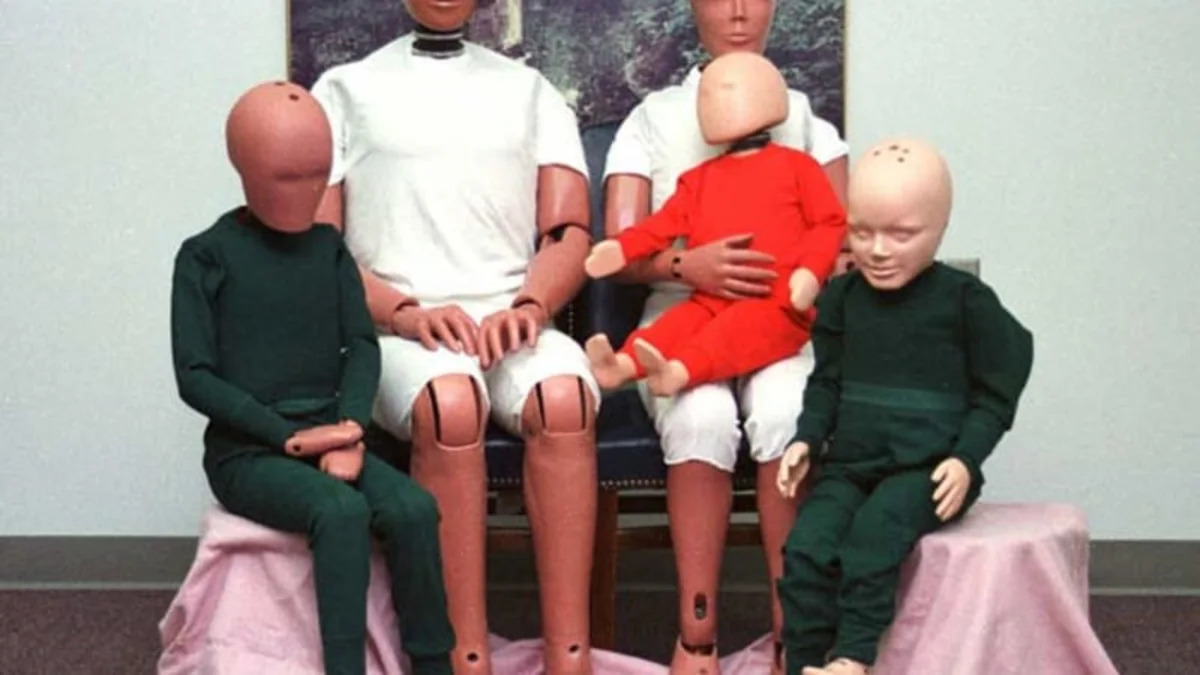Every parent does his or her best to keep their children safe. Car seats are a big part of that equation, and snapping our little cherubs into a five-point harness makes us feel like we've done our very best to care for our precious offspring. But are we really?
If you assume there's strict federal federal standards for child safety and booster seats to conform to, you might be surprised at just how little oversight there actually is. In fact, kids weighing more than 65 pounds – which means younger and younger kids as childhood obesity rates ratchet up – sit on boosters with no government safety standards. Seats for younger young'uns are only held to a front-end collision standard. The physics of a car crash act in different ways on the bodies of children than they do on their full-grown counterparts – kids are not simply scaled-down adults.
According to The Washington Post, part of the problem is that a crash-test dummy that mimics a child's physiology is far behind schedule. The National Highway Traffic Safety Administration was supposed to have a dummy ready by 2004 to simulate a 10-year-old, as part of Anton's Law, a bit of legislation that went into effect in 2002. That dummy is still not right, and that leaves child seat manufacturers to self-regulate their products and to recall reactively when problems crop up, instead of conforming to guidelines that protect all children in front, side, rear-end and rollover accidents.
[Source: The Washington Post | Image: U.S. Department of Transportation via CC 2.0]
If you assume there's strict federal federal standards for child safety and booster seats to conform to, you might be surprised at just how little oversight there actually is. In fact, kids weighing more than 65 pounds – which means younger and younger kids as childhood obesity rates ratchet up – sit on boosters with no government safety standards. Seats for younger young'uns are only held to a front-end collision standard. The physics of a car crash act in different ways on the bodies of children than they do on their full-grown counterparts – kids are not simply scaled-down adults.
According to The Washington Post, part of the problem is that a crash-test dummy that mimics a child's physiology is far behind schedule. The National Highway Traffic Safety Administration was supposed to have a dummy ready by 2004 to simulate a 10-year-old, as part of Anton's Law, a bit of legislation that went into effect in 2002. That dummy is still not right, and that leaves child seat manufacturers to self-regulate their products and to recall reactively when problems crop up, instead of conforming to guidelines that protect all children in front, side, rear-end and rollover accidents.
[Source: The Washington Post | Image: U.S. Department of Transportation via CC 2.0]


Sign in to post
Please sign in to leave a comment.
Continue